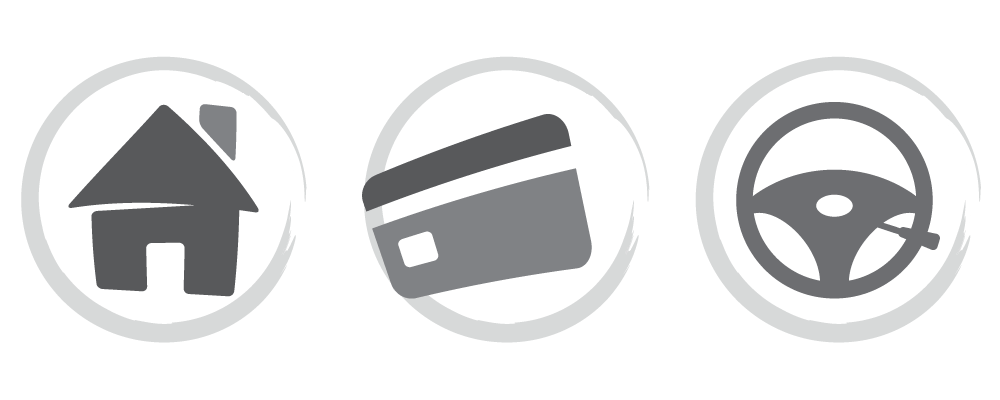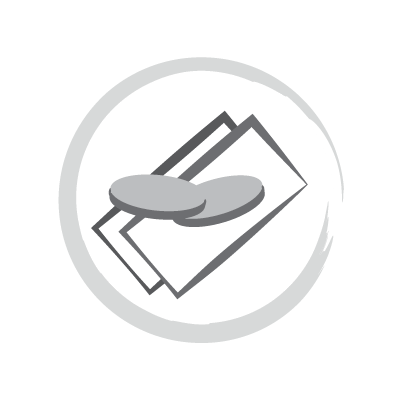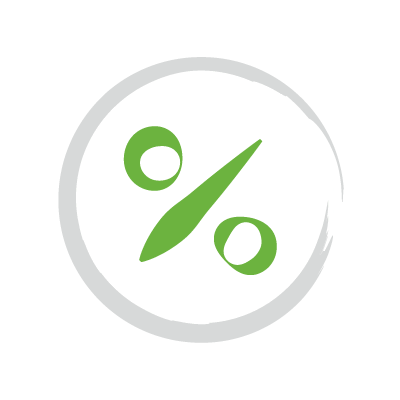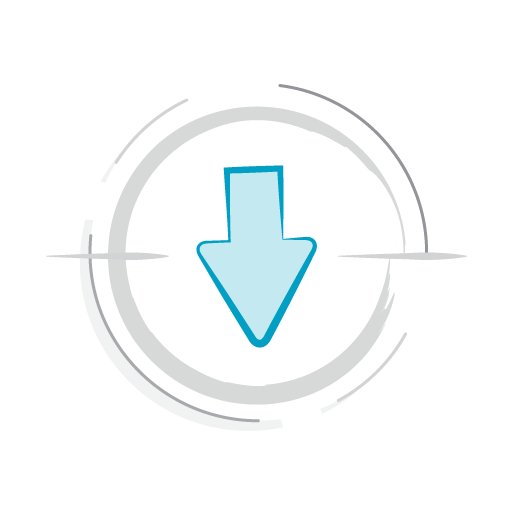5 Steps to Attain Financial Control Over Your Debt
Debt has been part of the human experience for thousands of years (going as far back as 3000 BC), making debt, and the responsibility to manage it, an unavoidable part of life.
Having a plan in place to manage debt is not only unavoidable, it’s crucial. Society normalised instant gratification – and with it – using credit for; everyday purchases, vacations, entertainment or extravagant splurge items, making it dangerously easy to lose control over debt
Debt Management done continuously will help you to:
When it comes down to the importance of debt management, dramatically put:
Having authority over your finances can turn your money into a powerful ally. But when debt is left unchecked, it will become a ruthless enemy. So, how does a debt management plan work?
Below are five practical steps to help you take charge of your financials.

Step 1:
Check Your Current Financial Situation
It is the logical first step. Nevertheless, most have a difficult time doing this because of the fear it carries and avoids it altogether.
Our 30-day approach to checking your finances makes the process less daunting. By the end of the 30 days, you will have completed a thorough financial check and will have gained back certain control over your debt by breaking the cycle of avoidance.
(If you prefer to complete Step 1 in one day, you are welcome to do so.)
(If you prefer to complete Step 1 in one day, you are welcome to do so.)
Here is how to check your finances:

Income and Expenses
Starting on the day you receive your salary, note your income and expenses as it occurs throughout the month. You can use Excel or write it down – whichever works for you.
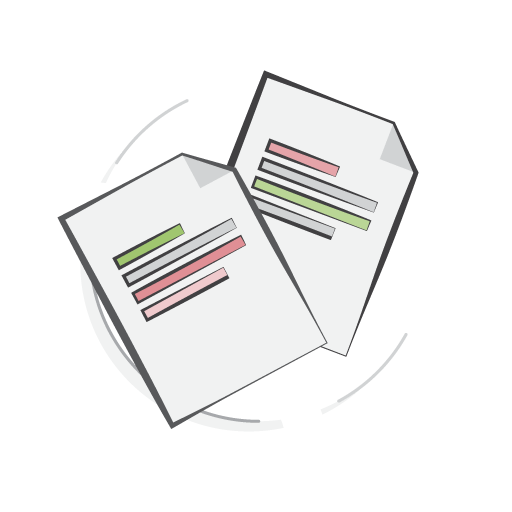
Bank Statements
Put aside 15 minutes (or 5 minutes across three days if you feel overwhelmed) during the month to pull your bank statements or review your payment history on your online banking.
With this information, note which credit agreements you have – you will need this for Step 2.
If you have accounts at more than one bank, remember to check them as well.
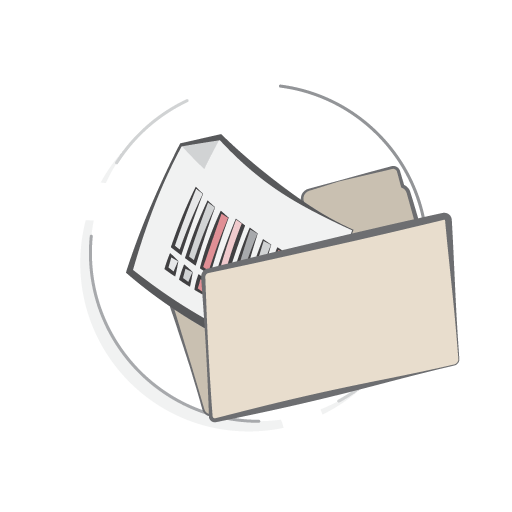
Credit Record
Put aside another 15 minutes during this month to pull your credit record at a reputable credit bureau.
Note your listed credit agreements and their status; either the payment is up to date or in default (which means the account is in arrears for more than three months).
Reputable Credit Bureaus:
By law, you can pull your credit record for free once a year.

Step 2:
Determine Your Debt-to-Income Ratio
After completing Step 1, you are ready to calculate your debt-to-income ratio. That percentage will determine the best way to manage your debt.
Use the notes you made in Step 1 to do the calculation.
Calculate your debt-to-income ratio by adding up your monthly debt payments and dividing them by your gross monthly income (gross monthly income is the amount before tax, UIF etc., is deducted).
Calculate your debt-to-income ratio by adding up your monthly debt payments and dividing them by your gross monthly income (gross monthly income is the amount before tax, UIF etc., is deducted).
Use the table below to check what your debt-to-income ratio indicates, and what your main focus will be.
0-20%
Considered good.
Debt Management course of action:
Maintain finances.
0-40%
Considered moderate.
Debt Management course of action:
Small adjustments to lower your debt.
41-60%
Considered at risk.
Debt Management course of action:
Significant adjustments to lower your debt.
60%+
Considered as over-indebted.
Debt Management course of action:
Find a professional debt management company to help fix your debt.
The following steps will help you implement your required course of action as identified in the tables above.

Step 3:
Rank Your Debt Accounts
Your next step will be to identify which of your credit accounts are considered “good debt”, and which are considered “bad debt”.
Good Debt
Credit used to pay for a sensible investment that will contribute to your long-term financial well-being or increase your financial worth.
Examples:
A word of caution: “Good debt” can turn “bad” if not managed.
Bad Debt
Credit used to purchase items that don’t have lasting value and decreases your wealth.
Examples:
From your notes in Step 1, group your debt accounts into “good debt” or “bad debt”.
Next, note the following details on each credit agreement:
With the above information, you will be able to determine how to prioritise your debt repayments.
Prioritising doesn’t imply that you only pay some of your debt and leave the rest unpaid. Rather, as you manage your cashflow with your budget (Step 4) and start cutting out unnecessary expenses, you can allocate more money to the debt you have prioritised.
Debt that should be prioritised:

Step 4:
Setup A Budget
Having completed Step 1-3 makes setting up your budget easy, you’ve done most of the work already.
Benefits of having a budget:
How to budget successfully:
Start, and keep at it. That is the key to budgeting success.
Budgeting is your vehicle to effectively manage debt, but just like learning to drive it takes some time to get the hang of it, but before long it will come naturally.
To help you start we have created a downloadable budget template.
Download the template and fill in the information with the notes you have collected in Step 1.

Step 5:
Using Your Budget to Manage Debt
With your budget set up, you can
To make a good budget great – and to keep you motivated – answer these four important questions and use your budget to accomplish it:
1
What is my financial goal(s)?
2
Which of my debt accounts are the most damaging to my wealth and health? And how can I get them paid-up most effectively?
3
Looking at my budget, what expensive habits do I need to drop?
4
How, and when, can I start growing my emergency fund?
What To Do When Over-Indebted:
If you find yourself financially overextended, you will have to include additional help in your debt management plan.
What to do when your payments are up to date:
Fortunately, when payments are up to date you have, in addition to following the debt management steps above, the option to approach your creditors and negotiate with them. This will give you temporary breathing space, winning you some time to get your finances back on track.
What to do when your payments are in arrears:
When your debt-to-income ratio is above 61% and/or your payments are in arrears your best option would be to seek professional debt management help.
DebtSafe is a reputable debt management company, specialising in Debt Review.
Benefits of DebtSafe’ Debt Review include:
Our process is a safe, proven, way to restructure debt. Making your cashflow manageable every month, while fixing your debt in the long run.
If you would like to check your options with DebtSafe we can arrange for a free debt assessment. Simply fill in your contact details on our online contact form and we’ll call you back for assistance.
Use this debt management plan and make it your own. Start, and keep at it. The more you try, the better you will become at managing your debt – turning your money into a powerful ally.
You will reap the benefits of your debt management plan. Not just financially speaking, but also in terms of self-confidence and peace of mind.

